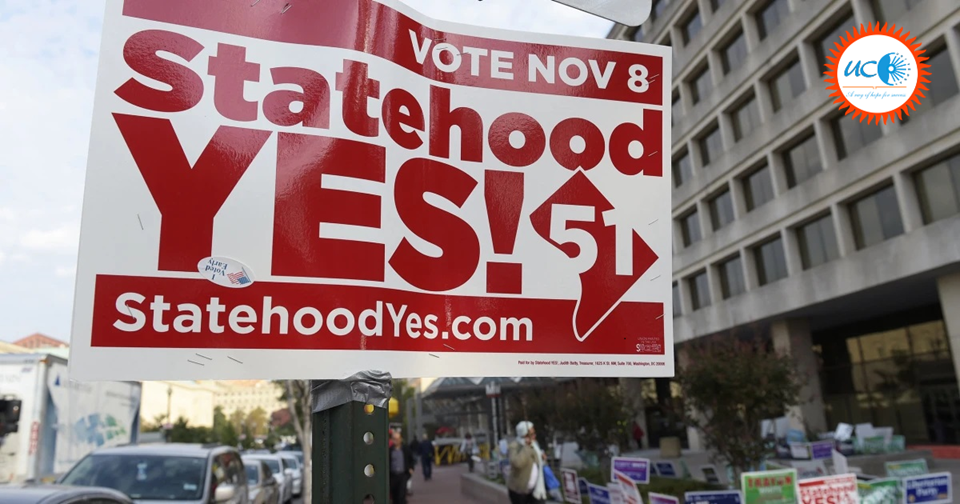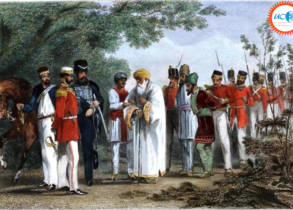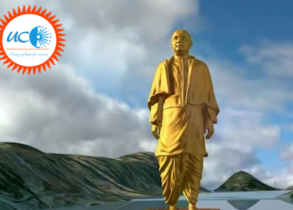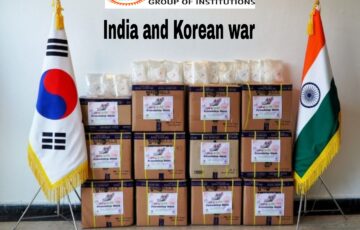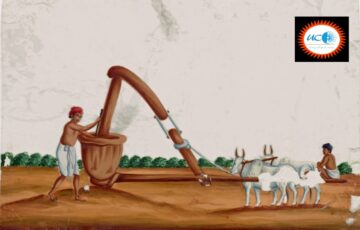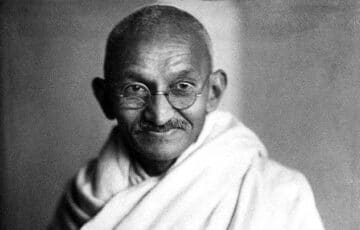There have been various statehood demands in India since Independence. What have been the reasons for such demands? Discuss. (150 words)
Approach
- Briefly introduce the evolution of statehood demands in India on various grounds
- Enumerate the factors fuelling such demands
- Conclude by referring to India’s cultural ethos, diversity and common bonding
Introduction
The Indian nation is the product of a historical process and therefore, it has been in the making for very long. Since independence, India has to deal with the demands of separate statehood largely based on language, culture, ethnicity, religion, etc. Later the basis for separate statehood demands largely shifted to better governance and greater participation, administrative convenience, economic viability in the developmental needs of sub-regions.
Body
- The Language Problem: The language problem was the most divisive issue in the first twenty years of independent India, and it created the apprehension among many that the political and cultural unity of the country was in danger. Linguistic diversity gave birth to strong political currents. For example, in 1960, mainly due to the agitations of Marathi and Gujarati speaking populations of the state of Bombay, the Bombay Reorganization Act was passed and the linguistic states of Maharashtra and Gujarat were created.
- Economic Factors: Economic factors also contributed to the demand for separate states. For example, some states and regions are better in terms of development like infrastructure, healthcare, job opportunities, etc. These economic factors cause inequality problems between regions. For example, the formation of states like Jharkhand and Telangana was based on a lack of development.
- Ethnic Factors: India has many ethnic differences. This has been proven by anthropological research. India is home to as many as 645 Scheduled tribes as recognized by the constitution. These ethnic differences formed the base for demands for political autonomy and secession. For instance, the Nagas of Nagaland are demanding a nation based on their ethnic identity. Some demands have taken the form of violent armed struggle with established governments. All these factors pose a threat to India’s unity.
Conclusion
Despite its immense cultural diversity, certain strands of a common cultural heritage had developed over the centuries, knitting its people together and giving them a sense of oneness, even while inculcating tolerance of diversity and dissent. As the poet Rabindranath Tagore put it, the unity of India is the ‘unity of spirit’.

